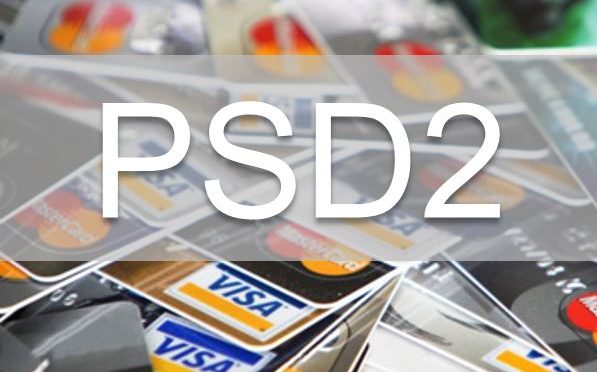3 Reasons Why PSD2 Could Mean Fewer Card Transactions
Blog: Enterprise Decision Management Blog

The use of credit and debit cards has grown for decades, and many observers, including Payments UK, are expecting growth in both value and volume of payments to continue. Recently this has been driven by the increase in the use of contactless payments and the use of mobile wallets aligned to credit or debit cards as well as the increase in online shopping. But PSD2 could change all this.
PSD2 introduces some factors that could halt the growth in card usage – or even start to reverse it. Here are three trends to watch.
1. PSD2 Stops Most Card Surcharging
Do you get irritated when you’re booking a flight online and the airline adds a nice big charge for using certain types of cards? Do you find that when you go to pay in a local shop or pub there’s a sign informing you of a charge for card payments under a certain value?
The regulators have been taking note and PSD2 bans almost all surcharges. I suspect that in the budget airline industry they’ll find inventive new ways to add charges, but the high street merchants I’ve spoken to have indicated that they’ll just stop taking card payments for low-value transactions and direct their customers to the nearest ATM. How far merchants will go in refusing to take cards is unclear, but it will make them less willing to accept some card payments.
2. The AISP and PISP Environment Will Make Credit Transfers More User-Friendly
At present when you are paying online, the checkout process typically takes you to a screen asking for card details. For many of us there isn’t currently an easy way to make a credit transfer from your bank account for such online purchases. Once third-party providers such as Account Information Service Providers (AISPs) and Payment Initiation Service Providers (PISPs) are up and running, the checkout will present you with a choice of paying by card or directly from your account. Many, particularly those who don’t want to use credit, will find it easier to initiate a credit transfer from their bank account rather than use a card.
The appetite to do this has already been demonstrated by the use of services such as iDeal in the Netherlands, where more than half of online payments happen in this way. Currently, e-wallets such as AndroidPay and ApplePay are predominantly card transactions, however should they become PISPs they will be able to offer real-time payments directly from bank accounts.
3. PISP Services Coupled with Real-Time Payments will Be More Attractive to Merchants
Some countries such as the UK already have established real-time payment schemes. Just last month the rest of the Eurozone got access to real time payments with the roll-out of SEPA Instant Credit Transfer. As discussed in point 2, PISPs will give consumers an easy way to initiate credit transfers for payments.
For merchants this has two advantages:
- Funds are instantly cleared into their accounts, unlike with a card transaction that can take days or even weeks.
- There are no chargebacks.
For the merchant, a payment that is made using a real-time payments scheme is as good as cash. The merchants may look to incentivise consumers to make payments in this way.
There is also the situation of the PISP to consider — they have to find ways to monetise the services they offer. They could look to do this by charging fees to merchants for giving consumers the ability to initiate real-time payments. As long as the fees still leave the merchants at an advantage compared to a card payment, this is a win for both parties.
In the short-term it is unlikely that we’ll see an immediate effect on card payments. But I predict that once PSD2 is fully implemented and the PISPs are properly up and running, we could see a gradual decline in credit and debit card usage.
For more information on PSD2, including our PSD2 glossary, visit www.fico.com/psd2.
The post 3 Reasons Why PSD2 Could Mean Fewer Card Transactions appeared first on FICO.
Leave a Comment
You must be logged in to post a comment.







